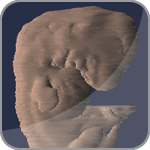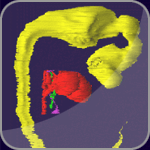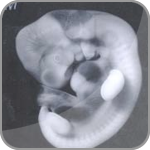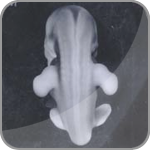Developmental Anatomy
Stage 16: Summary
External: The nasal pits are coming to face ventrally and to disappear from profile view; retinal pigment is becoming visible externally; pharyngeal arch 2 is more massive and more conspicuous, whereas arch 3 is receding from the surface; auricular hillocks are beginning to appear; the thigh, leg, and foot are becoming distinguishable.
Internal: Foramen secundum is present in the heart; a definitive mesentery has appeared and intestinal rotation is commencing; the pelvis of the ureter is becoming bipartite; no longitudinal fissure is found yet between the cerebral hemispheres; the neurohypophysial evagination is developing in the more advanced embryos; the lens pit is D-shaped; thickenings for the semicircular ducts are appearing.
- Length: 11-14 mm.
- Nostrils have overhanging borders.
- Eyes show dark tinge due to early retinal pigment.
- Auricular hillocks on surface of hyoid bar are becoming distinct.
- Hand region has become differentiated into a carpus and a digital plate.
- Leg bud exhibits three centers of proliferations representing the thigh, leg, and foot regions.
- Surface elevations caused by somites and spinal ganglia have become smoothed over in the cervical region by the overlying cervical reticular tissue but beyond the arm they are distinct for the remainder of the trunk.
- Ovulation age: 37 - 42 days.
Stage 16: Animation
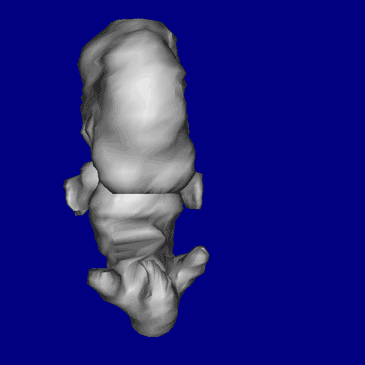
Developmental Stages in Human Embryos by Ronan O'Rahilly and Fabiola Müller.
Published by Carnegie Institution of Washington, Publication 637. 1987.
Stage 16 (PDF 799 KB)
QUESTION: Where are the three limb-bud proliferations located?



